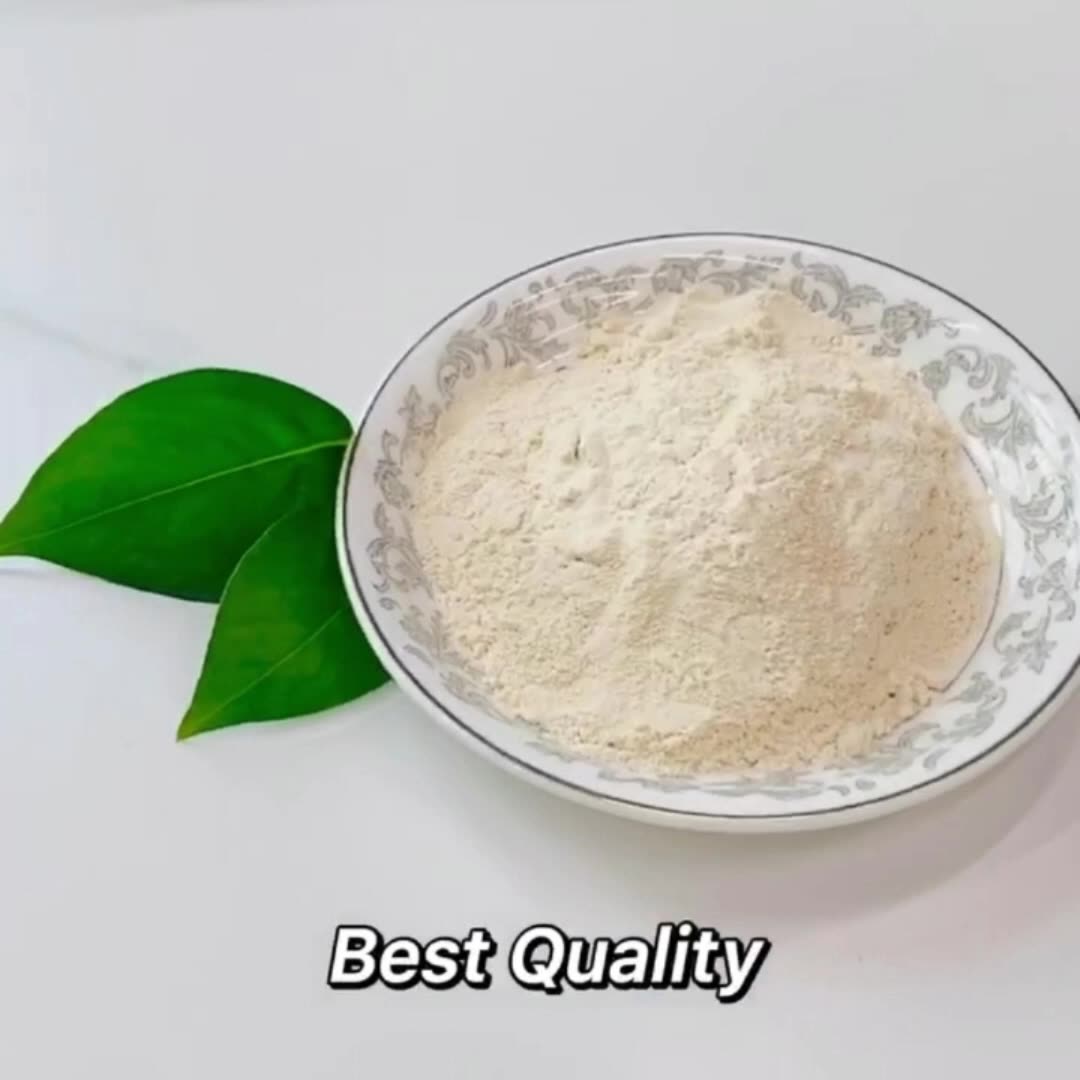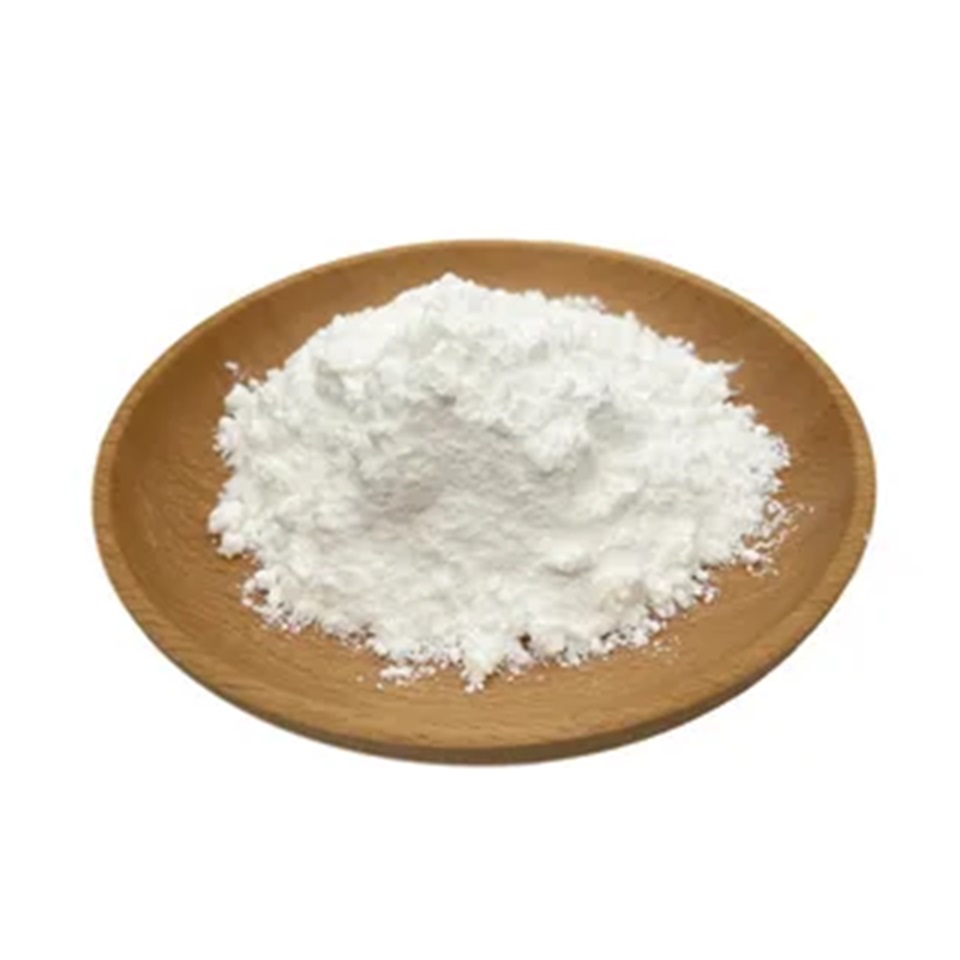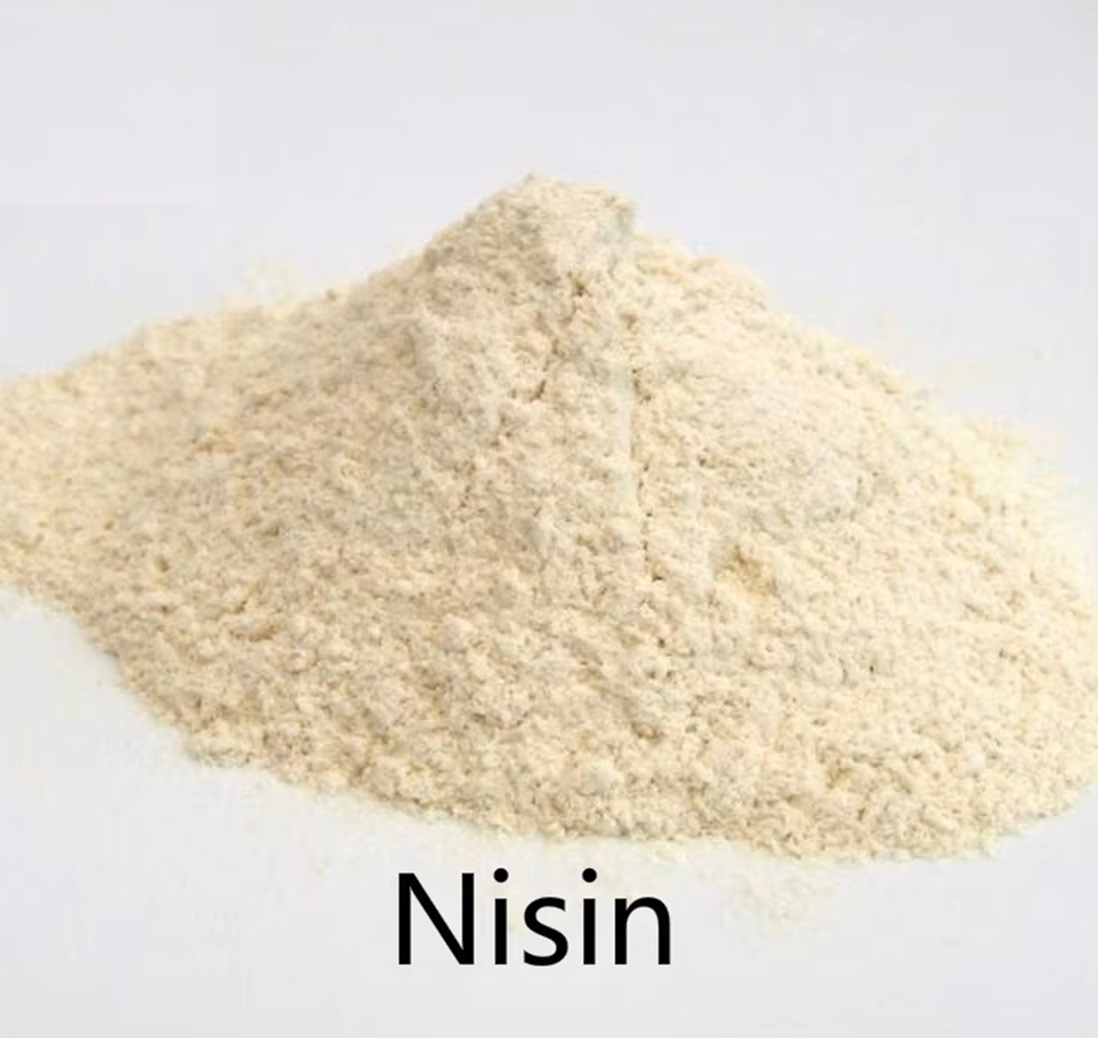We unleash your business potential by maximize the business innovation.
Send EmailE234, Nisin, 414-45-5
E Code: E234
Cas No.: 414-45-5
Molecular Formula: C143H228O37N42S
Physical Structure: Powder
Functional Class of Food Additive: Protectors
Name of the Source from which the Food Additive is Obtained: Lactococcus lactis
Foods to which Food Additive can be added: It is used in permitted finished products, taking into account the relevant limitations, in accordance with the regulations in the Turkish Food Codex Regulation on Food Additives and vertical communiqués.
When the necessary information cannot be obtained in the regulations and communiqués, the legal regulatory authorities of the relevant country can be consulted.
Special Storage/Use Conditions: Keep closed in a dry and cool place.
Usage Instruction:
In accordance with the Turkish Food Codex Regulation on Food Additives, in the vertical communiqués regarding the finished product produced or planned to be produced; It should be used considering the foods to which it can be added, usage conditions, maximum amounts and restrictions.
If it is planned to be used in countries other than Turkey, the legal regulations of the relevant country should be taken into account.
Product performance may differ depending on production conditions, structure and performance of machinery and equipment, seasonal variables and other raw materials.
Before determining the most appropriate amount of use, trials should be carried out with minimum amounts, taking into account the restrictions specified in the Turkish Food Codex Regulation on Food Additives.
Usage Area/Sales Purpose:
It is for use in food.
Technical information:
Nisin is a natural preservative that is effective against gram-positive bacteria and their spores, and is a bacteriocin obtained by fermenting Lactococcus lactis bacteria.
It is obtained naturally, not chemically synthesized. It is a natural preservative found at very low rates in milk and cheese.
Its molecular formula is C143H228N42O37S7, its molecular weight is 3353 daltons, its color is white.
Nisin was discovered by Rogers in 1928, its first isolation was in 1947, its first use in food was in 1951, and it was included in food preservatives by FAO and WHO in 1969.
It can be stored for a long time at 415°C, as long as it is not exposed to direct sunlight and moisture, without losing its dry nisin feature. It dissolves easily in low pH solutions, deteriorates in solutions above pH=4. Nisin is heat resistant.
Nisin in solution or dry powder form can be used by mixing directly with food. In addition, nisin can be sprayed onto the food surface, immersed in a food solution, or used as a coating factor during food packaging. Nisin has no effect on food taste.
Nisin was first used to extend the shelf life of cheese. Because nisin has the ability to inhibit the growth and effects of gram-positive bacteria and pathogenic bacteria.
Nisin is also used as a protective additive in many sectors because it inhibits the activities of pathogens such as Clostridium botulinum, Staphylococcus aureus, Streptococcus hemolyticus, Listeria monocytogenes, Bacillus cereus, Bacillus sporothermodurans, Brochothrix thermosphacta, Bacillus stearothermophilus and Bacillus subtilis.
Using nisin saves energy in heat-treated foods. Therefore, adding nisin to heat-treated food products not only increases food safety, but also saves energy.
1. Product Information
Nisin E234, a natural polypeptide antibacterial produced by strains of Lactococcus lactis subsp lactis, is a kind of pure natural, efficient and safe peptide active substance extracted by biotechnology. It composed of 34 amino acid residues, White to Creamy-white Powder, now our main specification is 1000IU/mg ~ 10000IU/mg according to your requirements
Nisin has strong inhibitory effect on a variety of Gram-positive bacteria, including food spoilage bacteria and pathogenic bacteria, now it is the only bacteriocin allowed to be used as food additive in the world. When it can be decomposed and digested by chymotrypsin in the digestive tract after entering the human body. It is a safe, non-toxic and efficient natural food preservative, and also a new generation of eco-friendly biological food additives.
2. Product Advantages
● It can effectively inhibit the bacteria .
● After heat treatment, Nisin has good thermal stability and less loss.
● The addition amount is low, and reuce the cost.
● It is safe,no-toxic , and can be digested by the human body, no side effects.
● It can reduce the processing time and temperature improves the quality of food, extends the storage time
4. Function and Application
Nisin Powder can be widely used in kinds of foods, such as meat products, dairy products, canned products, seafood, beverages, juice drinks, liquid eggs and egg products, condiments, brewing technology, baked food, convenience food, flavor based spices and other fields.
|
Food Category |
Max Usage(g/kg) |
|
Milk and dairy product |
0.5 |
|
Pickled vegetables |
0.5 |
|
Processing edible fungi and algae |
0.5 |
|
Canned or bottled edible fungi and algae |
0.2 |
|
Canned coarse grains |
0.2 |
|
Other coarse grain products |
0.25 |
|
Instant wheat or rice products |
0.25 |
|
Instant wheat or rice products |
0.25 |
|
Bread |
0.3 |
|
Cakes and Pastries |
0.3 |
|
Pre-processed meat product |
0.5 |
|
Cooked meat products |
0.5 |
|
Fully preserved fish and fish products |
0.5 |
|
Egg products |
0.25 |
|
Vinegar |
0.15 |
|
Soy sauce |
0.2 |
|
Paste and paste products |
0.2 |
|
Blended condiment |
0.2 |
|
Beverages (excluding packaged drinking water in 14.01) |
0.2 |


